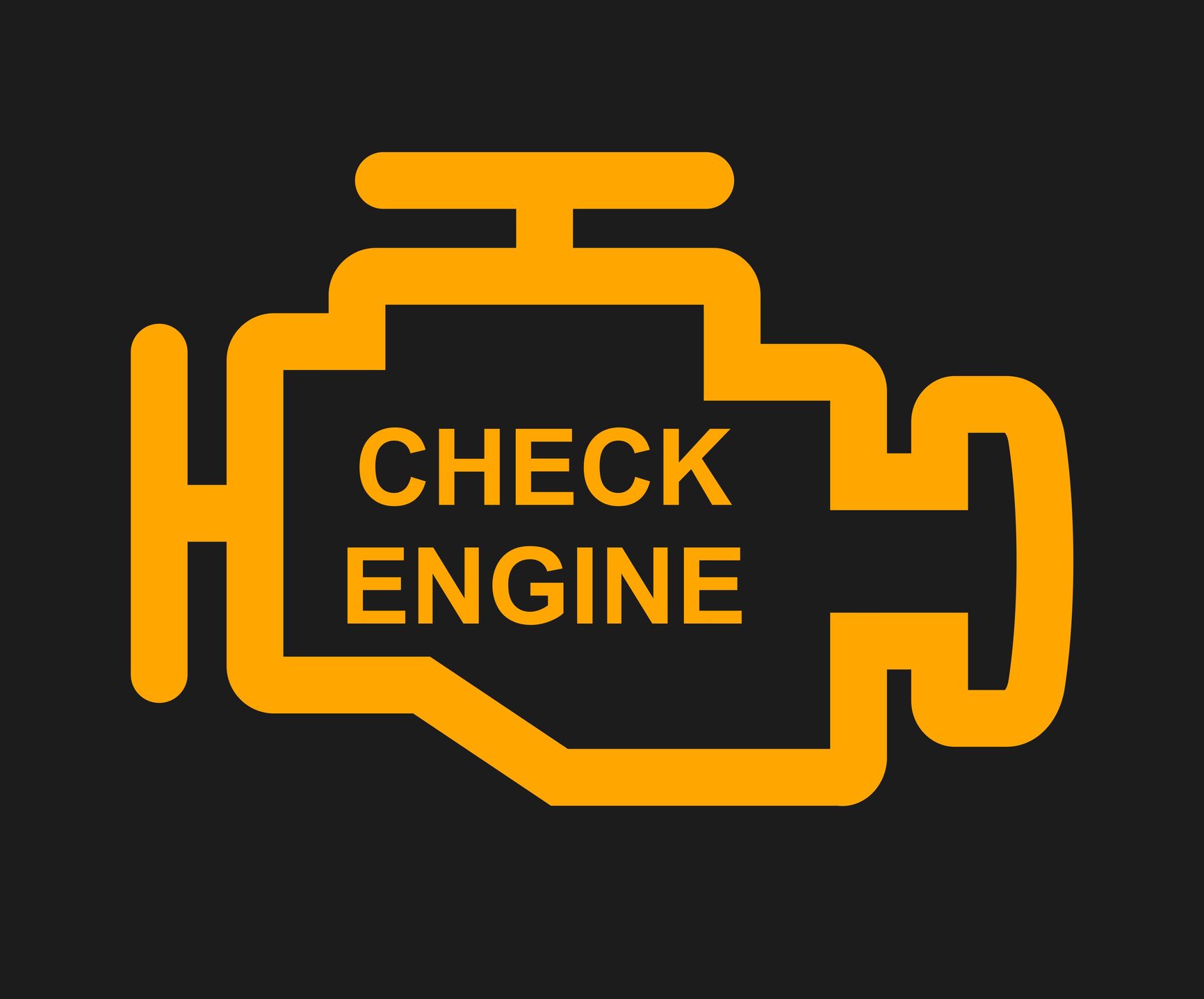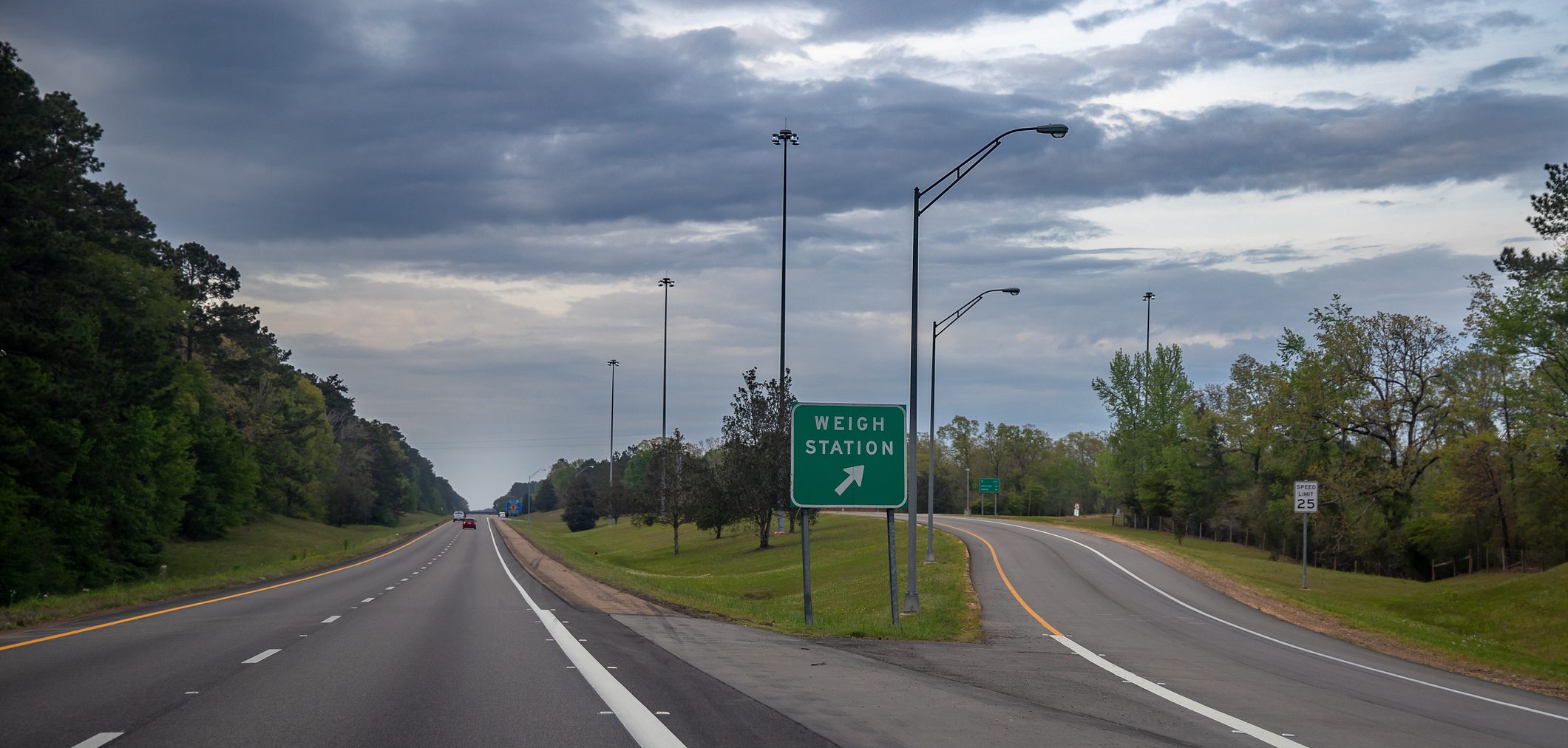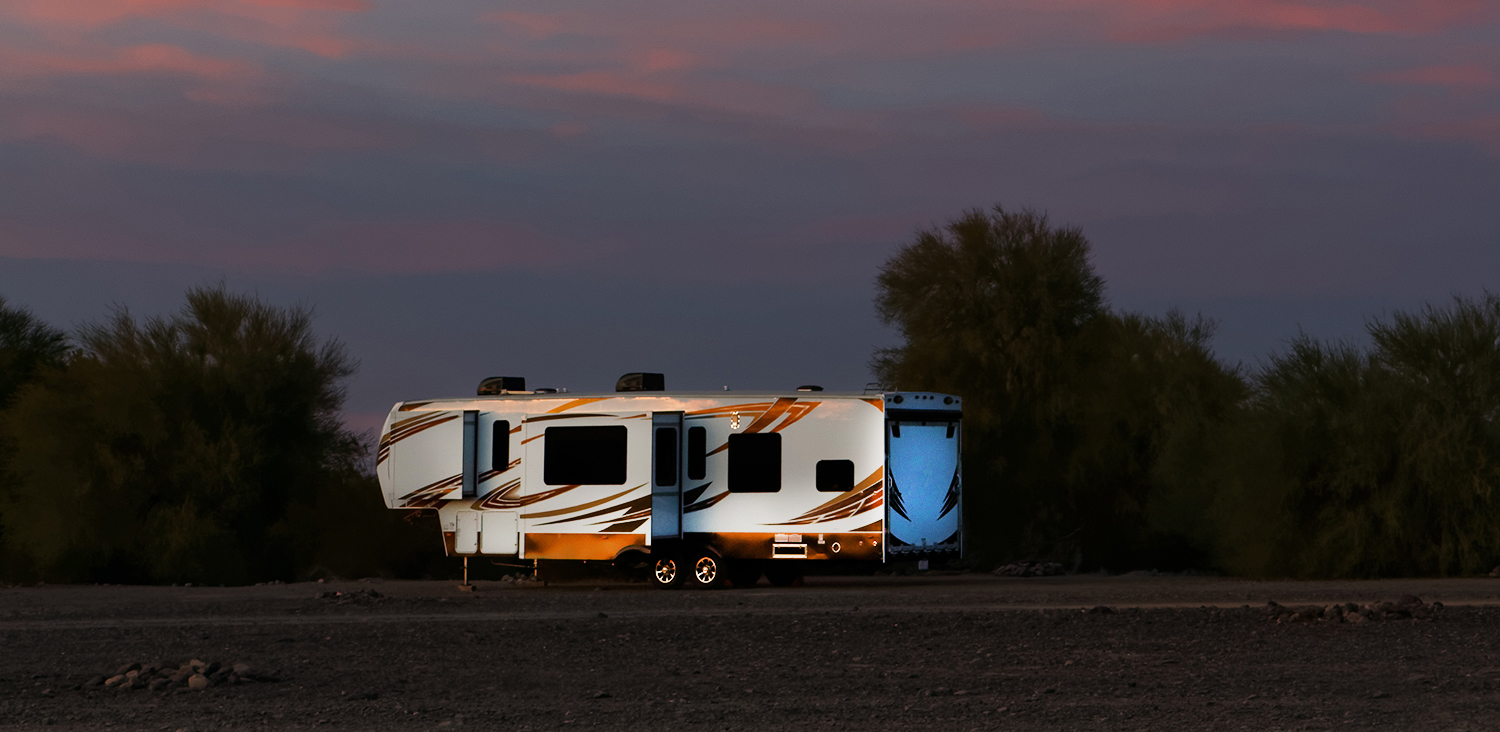Hi, All! This month, we’ve got questions on water heaters, check engine lights, selecting a vehicle to tow and tire/rim choices. Remember to send your RVing questions to [email protected].
Mark,
I have a toy-hauler, and when the water heater is on, I found that I had a leak at the shower valve connection to the PEX pipe. I replaced the rubber washer/cone on the hot side and the leak stopped for a while. A few months later, I heard a noise under the kitchen sink and found the cold leaking when the heater was on. I replaced another washer there and replaced the limit switch on the water heater (Suburban) and it cured again for a little bit.
The relief valve leaks like the manual says it should and I also bleed the system to put an air chamber in the tank like the manual says to. The manual does not tell you which valve (hot or cold or when the water is hot) to open to let air into the system. I never had an issue until a few months ago. I live in Los Angeles, so it’s not like it gets too cold here to freeze up or anything like that. Any suggestions would be helpful.
Thanks,
Steve

Photo: balouriarajesh/Pixabay
Hi Steve,
If you experience these leaks only when the water heater is heating up, it usually indicates that the air space at the top of the water heater tank has been lost. When the water is heated, it expands, and if there is not an air pocket in the tank, the pressure in your plumbing system can get really high. Usually, you can re-establish that air space by partially draining the water heater and then allowing it to refill by opening a hot water faucet. You can also just open a faucet briefly to relieve the pressure when the tank is heating up. Unfortunately, that air pocket often seems to disappear over time. I have found that the best option is to add a small air bladder expansion tank to your plumbing system.
These small tanks, usually only 1 or 2 gallons in capacity, are used with reverse-osmosis water systems and residential water heaters in some locales and are very easy to plumb into your freshwater piping. The tank can be connected anywhere in the system, usually by just teeing it into one of the cold-water lines is fine. Since it is small, it can be placed just about anywhere, under a sink, or in a compartment. The tank will absorb any pressure changes and has the added benefit of smoothing out your water flow when using the 12-volt water pump. I did a little description on my website, and you can find it here.

Getty Images
Mark,
We have an American eagle with a 400 Cummins engine. When we start to go on a trip, we warm the engine up prior to leaving. After approximately 30 to 45 minutes, the check engine light will come on. All the gauges indicate all is fine. We do not get a fault code from the coach and we have been unable to find a Cummins shop that has the computer to read the code. The coach is serviced on a regular basis. Sometimes the light will just go out and will not come back on for the rest of the trip. We are just puzzled why this is happening. Any advice would be appreciated.
Thanks,
Jean
Hi Jean,
Did you know that extended idling (over 5 minutes) can illuminate the check engine light on some engines? Perhaps your warm-up is too long. If that’s not the case, then it could literally be “anything.” There are probably hundreds of conditions or sensor conditions that will cause that Check Engine light to come on. However, the computer will store each fault code as it occurs, and a tech with a scan tool will be able to retrieve the stored codes and should be able to easily pinpoint the problem. In fact, you can purchase such a tool and scan the codes yourself if you like.
A ScanGauge system is a possible option: this is a multi-function vehicle monitor designed for big diesel pushers and provides a number of useful functions, including a selection of real-time digital gauges, extensive trip computer functions and a fully functional scan tool that allow you to read and reset failure codes. These are available from Camping World and other sources online. Although these tools are fairly expensive, so is a service call to a dealer, so these diagnostic tools generally pay for themselves over time. The bottom line: the check engine light could be the first indication of a serious problem developing, so you need to get the codes retrieved as soon as possible, and correct the problem before it gets any worse. Hopefully, it will be something simple and/or minor.
Hi Mark,
We’re looking for the perfect car to tow behind our Sprinter 2500 great western motorhome. We would like an automatic transmission with all-wheel drive, as this will also serve as our everyday car. Anything out there that we can tow with all four wheels on the ground?
Thanks,
Sidney
Hi Sidney,
The 2500 chassis is fairly light, so you will need to consider weight ratings as part of your selection process. I looked up that chassis, and it has a gross combination weight rating (GCWR) of 13,500 pounds. That means that the total weight of the RV and what it is towing can’t exceed 13,500 pounds. That chassis has a Gross Vehicle Weight Rating (GVWR) of 8550 pounds, so that gives you about a 5,000-pound towing capacity, assuming you are loading the RV to approximately its gross weight rating (common with smaller RVs).
So, whatever you choose to tow should be well under 5,000 pounds. In fact, the lighter the better!
Now, let’s look at how to identify a vehicle that is towable four-down on a towbar. I get asked this question regularly, and to date, I have found no better resource than the “Dinghy Towing Guides” that are published yearly by Motorhome magazine. Go to their website, click on “Dinghy” and then “Downloadable Dinghy Guides.” You have to enter your name and email address to access the guides.
These guides list all manufacturer-approved flat-towable cars, trucks and SUVs. Regardless of what the Dinghy Guide says, always verify the vehicle’s towing capabilities and restrictions by checking the owner’s manual under “Recreational Towing.” There may be several steps that you must take to prepare the vehicle for towing. Following these procedures is critical! Failure to adhere to the manufacturer’s towing restrictions can result in severe transmission damage and will most likely not be covered under warranty.

Getty Images
Hey Mark:
After finally having my 2012 Cardinal weighed in Florida this fall, we learned a lot about loads, balancing loads and tires. Since then, we have weighed everything we could pull out of our rig and will hit the road this May in better shape. We put on 14-ply 110-psi steel-belted G-rated tires. The folks who put them on assured us that our aluminum rims (original equipment) were strong enough.
After talking to Forest River, we were able to take off a tire and find out what the rim rating was only 80 psi! We will not hit the road this May until we have purchased new rims. I am sure you have been asked this question a million times: what is your opinion concerning aluminum vs. steel rims? By the way, Forest River didn’t recommend one above the other. My full-timer friends say, “steel!”
Thanks,
Dan
Hi Dan,
You know, for a trailer, I would also suggest steel wheels. I feel that they are better suited because they tend to be a bit less brittle than alloy wheels. Trailer wheels are subjected to incredible stresses when making tight turns, and trailers run over lots of curbs and obstacles in their lifetime, making for a very tough environment for wheels and tires.
Steel wheels will be able to flex a bit under loads and if they are brought to the failure point, like with a bad curb strike or impact, steel will usually bend and not break. If you lose a tire at highway speeds, a steel wheel will probably survive it, where an aluminum wheel will probably not be salvageable. Make sure that the wheel is rated both for the 110-psi max air pressure and has enough weight capacity to carry the load you’ll be placing on it.




